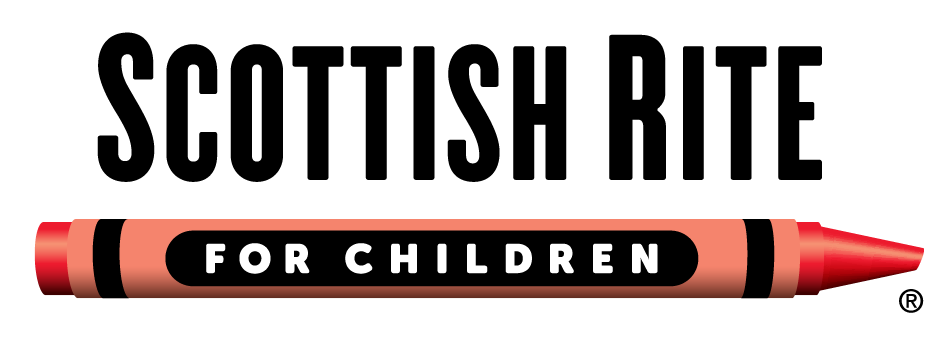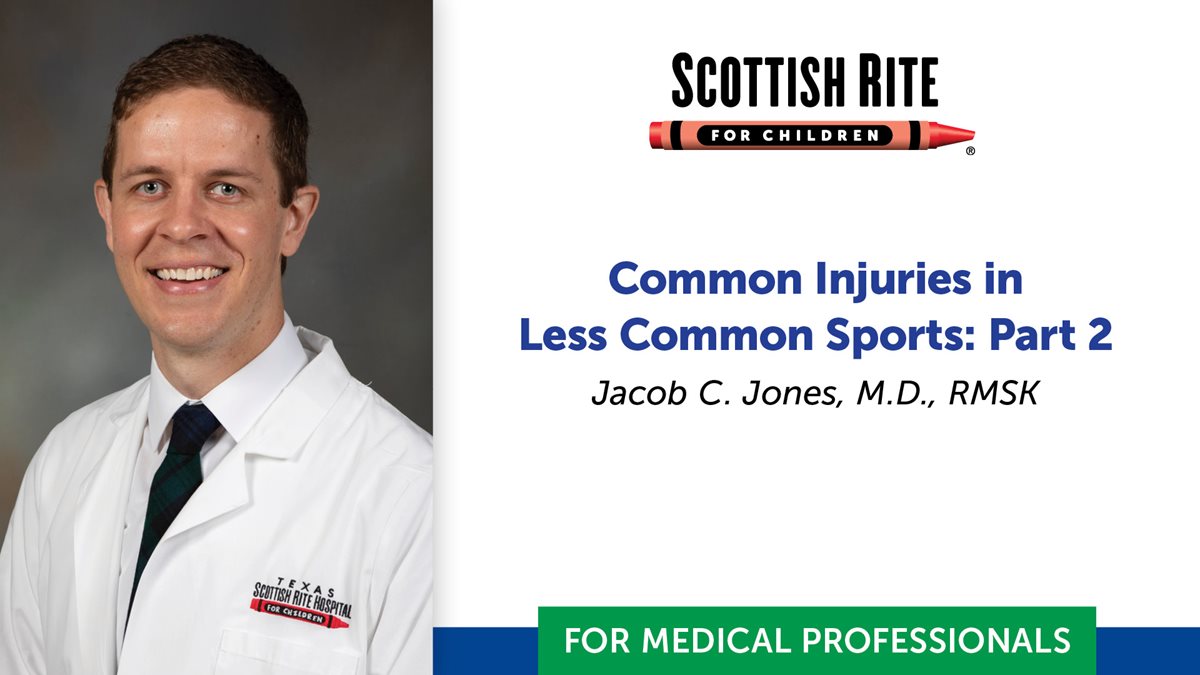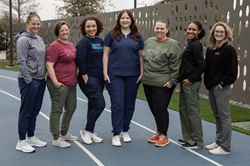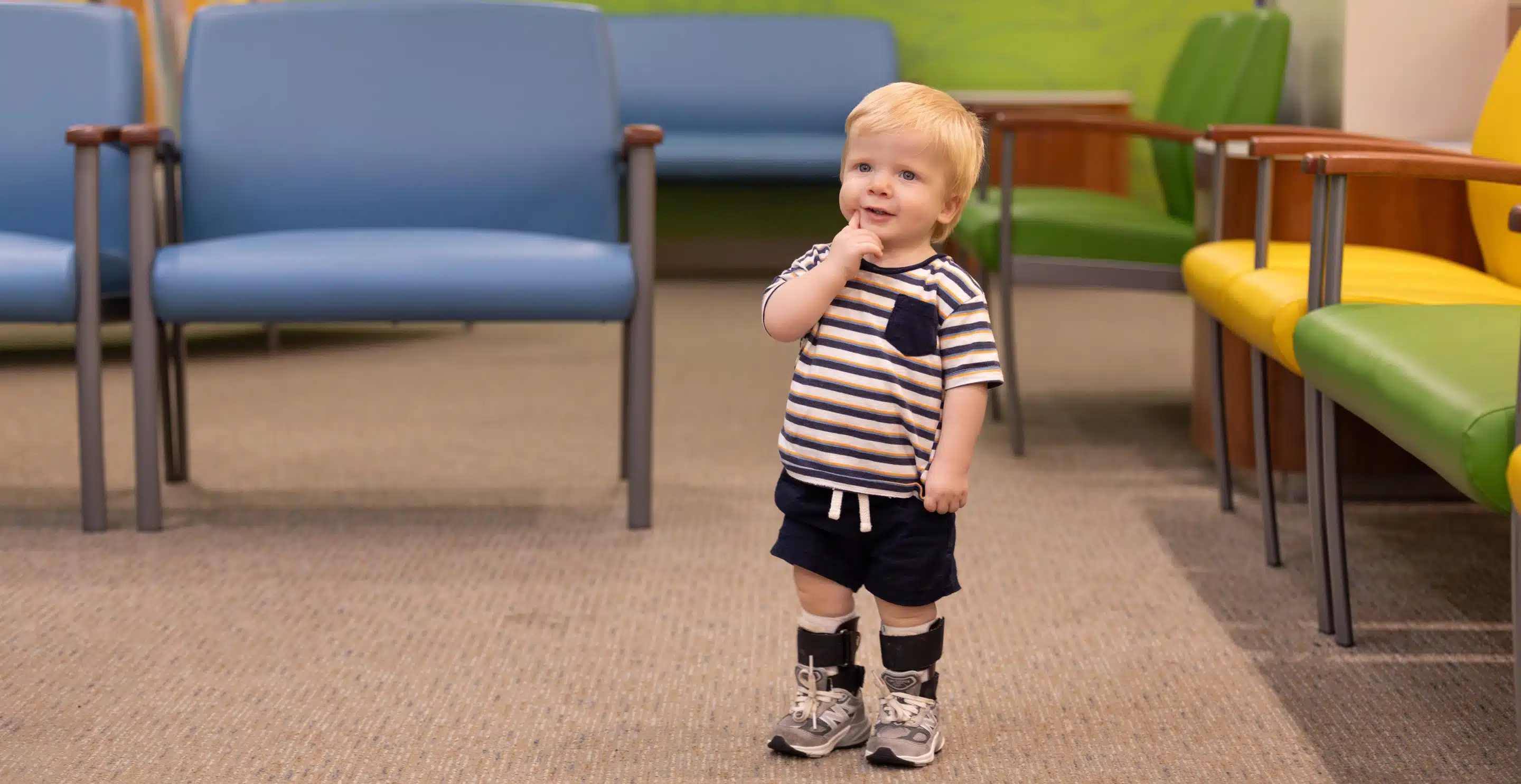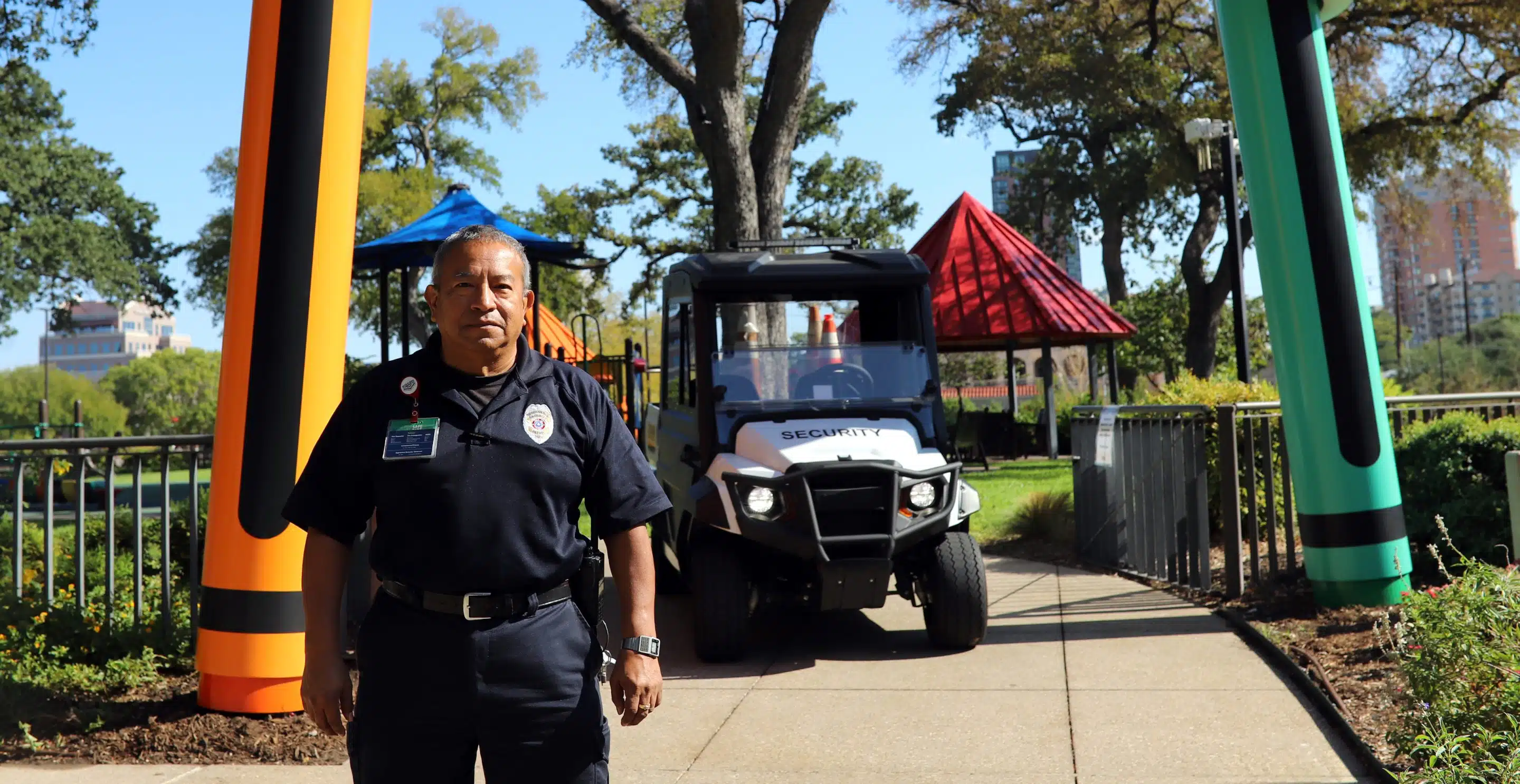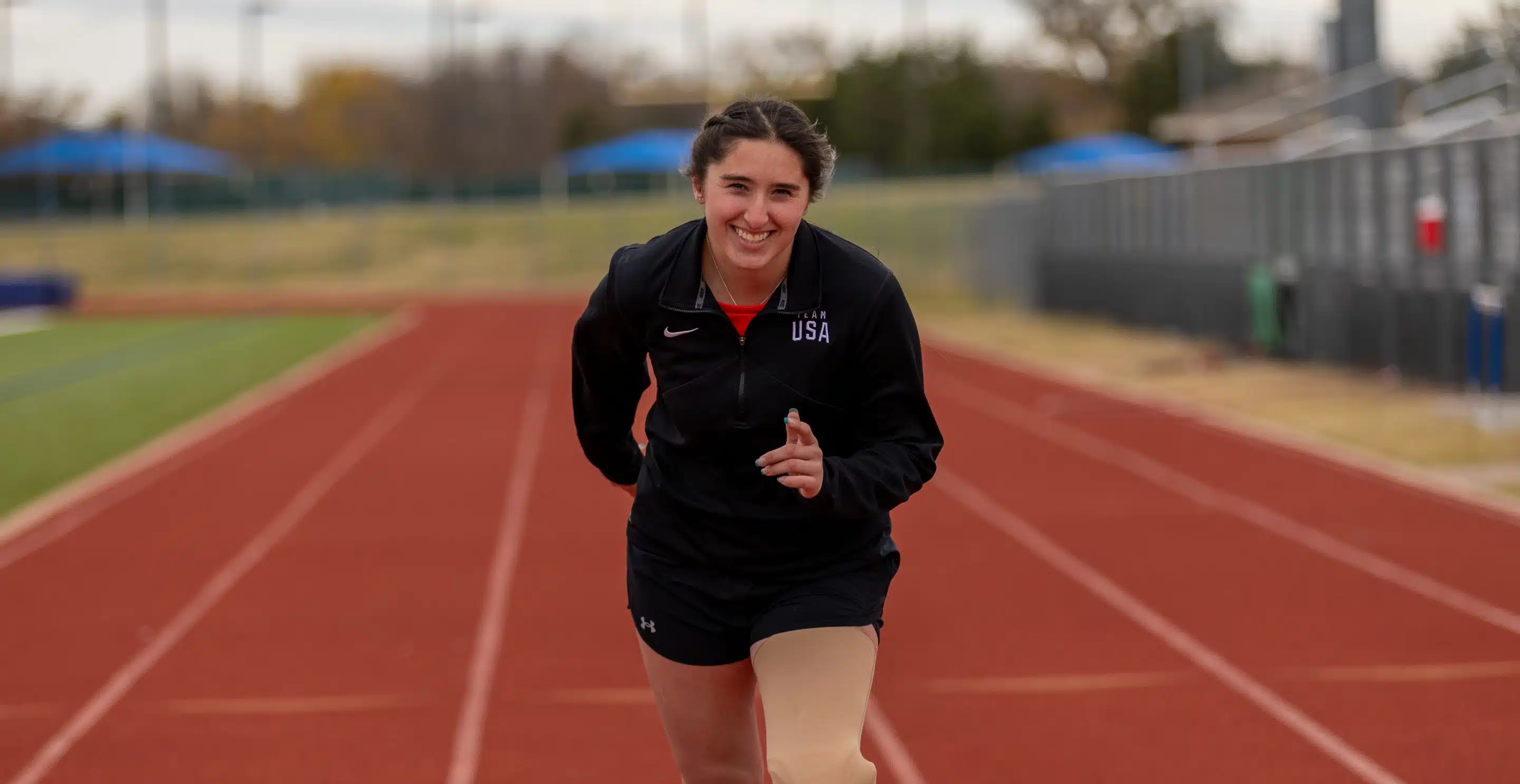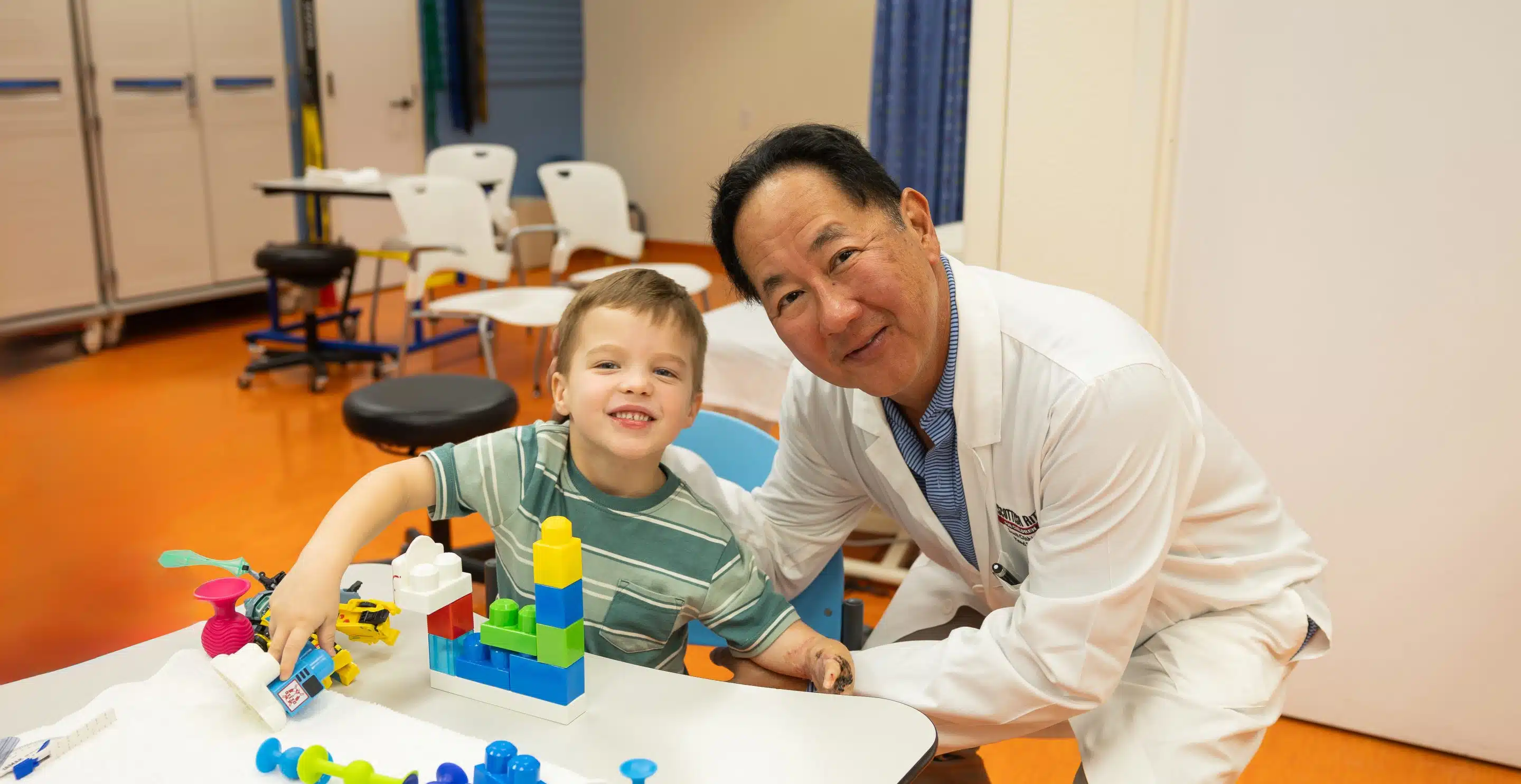About two-thirds of kids who come to see us for sport-related injuries play at least one of these five popular sports: soccer, football, basketball, baseball and volleyball. However, young athletes sustain injuries in many other sports and activities.
The goal of the program is to inform health care professionals who work with young athletes about current concepts and the latest evidence on sport-specific injuries, providing care, returning to sports and preventing injuries. In part two of this program, Jacob C. Jones, M.D., RMSK, provided epidemiology, common injury patterns and recommendations for preventing injuries in softball, tennis, martial arts, rugby, fencing and track & field. This program was presented as a part of a monthly series for medical professionals called Coffee, Kids and Sports Medicine.
Pediatric sports medicine research has been supporting multisport athletes for various reasons including, but not limited to, the benefits that come from the varied skill development and training patterns and demands. Physical literacy is a term that describes how comfortable an individual is with various physical skills. With this in mind, we encourage kids and athletes to test out different sports and activities at varying levels of competitions. Injury risk can be managed in all activities, and knowing what injuries occur in which sports will help with that.
Softball
Softball injuries occur most commonly in the shoulder of pitchers. Much like baseball, repetitive motion, particularly on the growing joint and bones can cause an overuse injury. Because of the style of pitching, the adolescent elbow in softball is at a much lower risk of injury compared to baseball where the elbow accounts for half of injuries in pitchers. The mechanism of shoulder injury is also different in softball, and therefore, it is not diagnosed as Little Leaguer’s shoulder, which is commonly diagnosed in young baseball pitchers. Additionally, the softball pitcher experiences pain much earlier in the season, typically within the first six weeks. Other common injuries among high school softball players include ankle sprains and concussions.
Advice from an Expert – Softball
Katie Holehouse, P.T., D.P.T., CSCS, played softball as a child and earned a scholarship to play at George Mason University. One of her first jobs was as an assistant softball coach in a high school. She has three tips to avoid softball overuse injuries.
- Young athletes should take breaks from softball throughout the year.
- An appropriate warm-up should include total body movements of all joints – not just the arm.
- Strength and conditioning of upper and lower body during off-season can decrease injury risk.
Tennis
Tennis is a combination of quick movements and direction changes with the feet and repetitive, forceful movements with the arm(s). Since the game is not timed, fatigue also contributes to performance and injury risk in tennis.
Repetitive external rotation in shoulder and overextension in spine are the most common causes of injuries. The knee is another joint that is often injured in young tennis players. Joints like the elbow and knee in skeletally immature players will present with conditions that are very different from adults in this sport. For example, tennis elbow, a condition affecting the tendons around the elbow, is much less likely young tennis players than other conditions.
Advice from an Expert – Tennis
Orthopedic surgeon and avid tennis player, John E. Arvesen, M.D., is a three-time Texas High School State Champion and two-time Big 12 Champion at Baylor University. Arvesen offers these tips for preventing injuries in young tennis players:
- Dynamic warm-up is key for injury prevention.
- Many injuries come from faulty mechanics.
- “Throwers Ten” is a good supplement to the serve.
- Remember good hydration, especially in the summer.
Martial Arts
All of the different forms of martial arts help young athletes build strength, improve balance and increase flexibility. Additionally, they contribute to improvements in cognitive function, self-esteem, self-respect and self-awareness.
The varying styles contribute to differences in injury risk across the different forms. Some like tae kwon do and grappling may have a higher risk of contact injuries from engaging and striking with the hands, body and feet. In competitions, the head and pelvis are most frequently injured. Contusions and bloody noses are the most common injuries. Weapons may increase the risk of injuries. Meditative forms of martial arts, such as tai chi, have lower risk of contact injuries and offer safety in slow, controlled movement patterns.
Advice from the Experts – Nose Bleeds
Our athletic trainer team boasts more than 50 years of experience in sideline care of young athletes. Their top tip for managing epistaxis (a bloody nose) in martial arts and other sports is “Don’t tilt the head back!” This may lead to swallowing or vomiting of blood. Have gloves, gauze and Vaseline® on hand when the risk for this injury is high. Cutting tampons or purchasing commercially available cotton nose plugs help to slow the hemorrhage.
Rugby
Some sources suggest rugby is the ninth most popular sport in the world. The rules for youth differ from those of adults. Rugby injuries most commonly occur during a match with more than three-quarters of injuries occur during tackling. Proper tackling form is key to help avoid injury. Rugby injuries affect teenage girls most often. The style of play puts the head at the greatest risk of injury and football-like helmets are not used. The lack of protective equipment also contributes to joint and bone injuries, such as fractures, in the clavicles, hands and extremities.
Advice from an Expert – Head to the Hip
Fracture clinic nurse practitioner Ray Kleposki, M.S.N., CPNP, a former rugby player and currently a youth rugby coach, has 20 years of experience in the sport. His advice is to learn proper tackling form, which differs from football — head to the side hip. He advises that learning and following the rules prevents both injuries and penalties.
Rib injuries may not be common in youth sports, but the consequences of misdiagnosis and treatment can be high. Rib fractures are less common in kids compared to adults; however, kids with rib fractures have higher rates of hemothorax/pneumothorax, spleen and liver injury.
Rib injuries with these signs and symptoms warrant further medical evaluation:
- Cardiac involvement
- Abdominal injury
- Trouble breathing, painful breathing and/or coughing
- Dysphagia
- Hoarse voice
Fencing
Fencing is a combat sport that is growing in popularity that involves sword fighting. With proper training and equipment, young athletes safely participate in fencing which has three different disciplines:
- Foil
- Epée
- Saber
A competitive fencer typically focuses on one of these disciplines. Each discipline has different weapons, targets and rules. Saber athletes have the highest injury rate with injuries in the knee, thigh and ankle. Anecdotally this occurs more in the lead leg. Other injuries common to other sports may also occur including acute sprains and strains and chronic complaints in the leg are consistent with patellofemoral syndrome. Unique to fencing, puncture injuries are generally prevented with proper equipment.
Track & Field
The variety of events in track & field expose athletes to acute and chronic, or overuse, injuries. The array of injury patterns differs based on the demands of the event. Running, sprinting, jumping, throwing and combination of these requires each event to be considered separately when it comes to injury incidence and risk.
A recent study evaluated youth hurdlers and found the most commonly injured body parts were the ankle, knee and wrist. The injury types that most often cause a hurdler to present to an emergency department are fractures, joint sprains and contusions.
Learn more in an article “Age and Sex Comparisons in Pediatric Track and Field Hurdle Injuries Seen in Emergency Departments of the U.S. Sports,“ recently published in Sports, an international peer-reviewed journal. This article is a review of data from a registry called the National Electronic Injury Surveillance System. Dr. Jones and his peers in the Pediatric Research in Sports Medicine Society studied this information to describe a population that had not been done before. This kind of work helps providers in caring for and helping to prevent injuries in specific populations.
